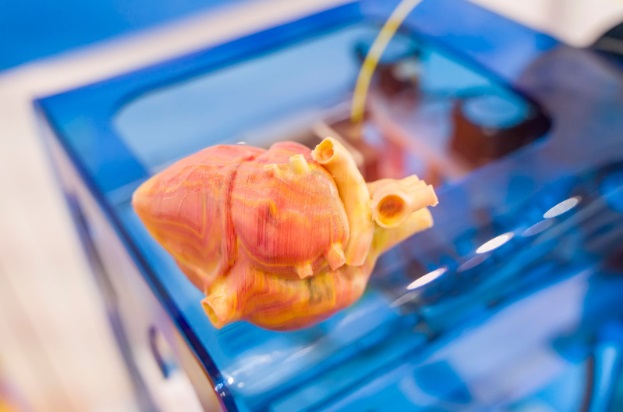- Pig organs may be a viable option for human transplants in the future.
- Researchers are exploring other avenues for creating replacement organs, such as tissue engineering.
- In 2020, surgeons at the University of Maryland tested a gene-edited pig heart in a human patient for the first time.
The recent advances in gene editing and tissue engineering are bringing us closer to a world where organ transplants are more accessible and reliable. For decades, the scarcity of organ donors has been a significant challenge in medicine. Every year, millions worldwide suffer from organ failure, and many die before getting a transplant.
One of the most promising developments in this field is using pig organs for human transplants. Pigs are a perfect candidate for this because they are similar in size and anatomy to humans, and their organs can be grown relatively quickly. However, pig organs contain certain sugars on their surface that can trigger an immune response in humans, leading to organ rejection. Researchers have been using gene editing to overcome this challenge of creating pigs with humanized organs. By removing these sugars and adding other human genes, they have created pigs with organs more compatible with human bodies.
In 2020, surgeons at the University of Maryland tested a gene-edited pig heart in a human patient for the first time. David Bennett, a 57-year-old man, received the transplant and lived with the pig heart beating inside his chest for two months. Although Bennett ultimately died and a virus was found in the transplanted organ, his doctors reported that the pig heart did not show signs of classic rejection. This is a promising sign that pig organs may be a viable option for human transplants in the future.
However, the use of animal organs has its challenges. In addition to the risk of rejection, there is also the concern of disease transmission from animals to humans. Researchers are exploring other avenues for creating replacement organs to mitigate these risks, such as tissue engineering.
Tissue engineering involves creating organs from scratch using stem cells and other materials. Researchers are using techniques like 3D printing to form scaffolds that can be infused with stem cells and grown into complex tissues like lungs and hearts. They are also working on developing organoids, which are minor, simplified versions of organs grown from stem cells. While these approaches are still in the early stages of development, they offer the potential for creating custom-made organs that perfectly match a patient’s needs.
Researchers hope to use tissue engineering to grow organs in factories long-term. This would enable an unlimited supply of organs that could be produced on demand, making transplants more accessible to people who need them. While this vision is still some way off, the progress in the field of organ engineering is bringing us closer to a world where transplants are a routine part of medical care.
Recent News

November 07, 2023
UT Arlington’s Smart Hospital: Innovations and Advancements
The University of Texas at Arlington (UT Arlington) innovative hospital has […]
Read More
October 22, 2023
Healthcare’s 2023 Dilemma: Staffing Gaps
The healthcare sector in the US is grappling with a significant […]
Read More
